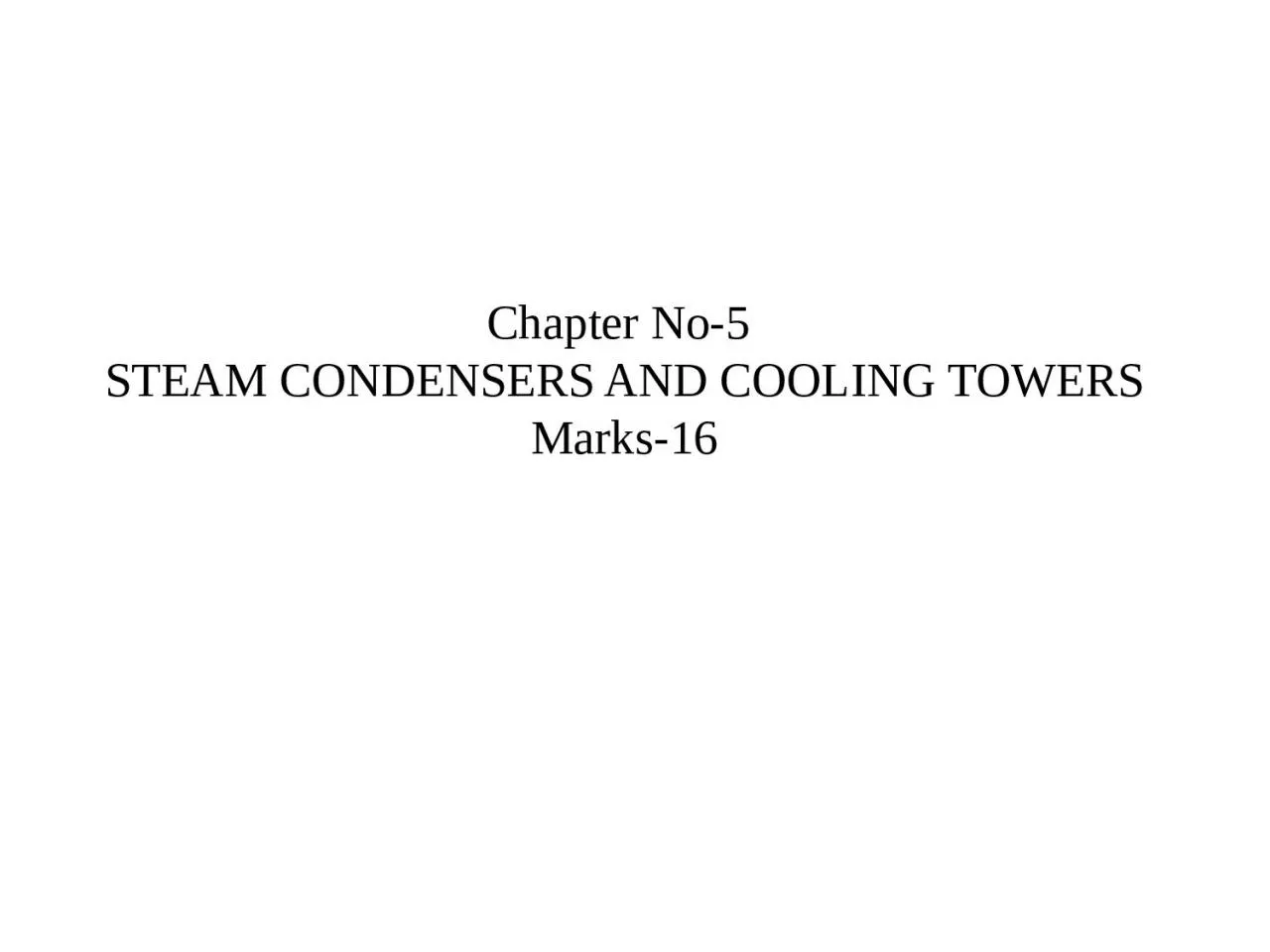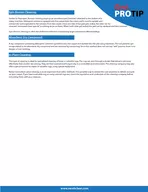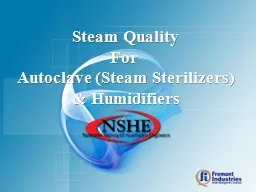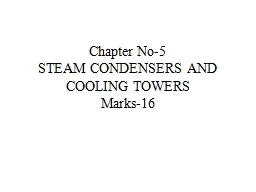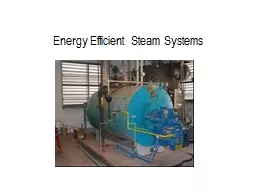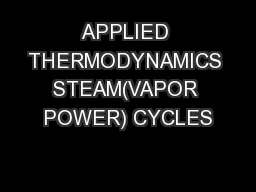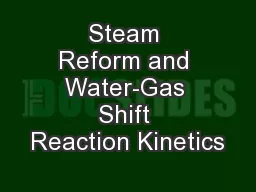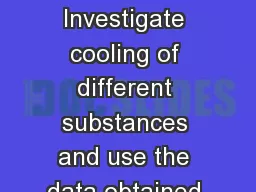PPT-Chapter No-5 STEAM CONDENSERS AND COOLING
Author : valerie | Published Date : 2023-06-26
TOWERS Marks16 C4045 Evaluate condenser performance and select for proper application DALTONS LAW OF PARTIAL PRESSURE The total pressure exerted by mixture of
Presentation Embed Code
Download Presentation
Download Presentation The PPT/PDF document "Chapter No-5 STEAM CONDENSERS AND COOL..." is the property of its rightful owner. Permission is granted to download and print the materials on this website for personal, non-commercial use only, and to display it on your personal computer provided you do not modify the materials and that you retain all copyright notices contained in the materials. By downloading content from our website, you accept the terms of this agreement.
Chapter No-5 STEAM CONDENSERS AND COOLING: Transcript
Download Rules Of Document
"Chapter No-5 STEAM CONDENSERS AND COOLING"The content belongs to its owner. You may download and print it for personal use, without modification, and keep all copyright notices. By downloading, you agree to these terms.
Related Documents

